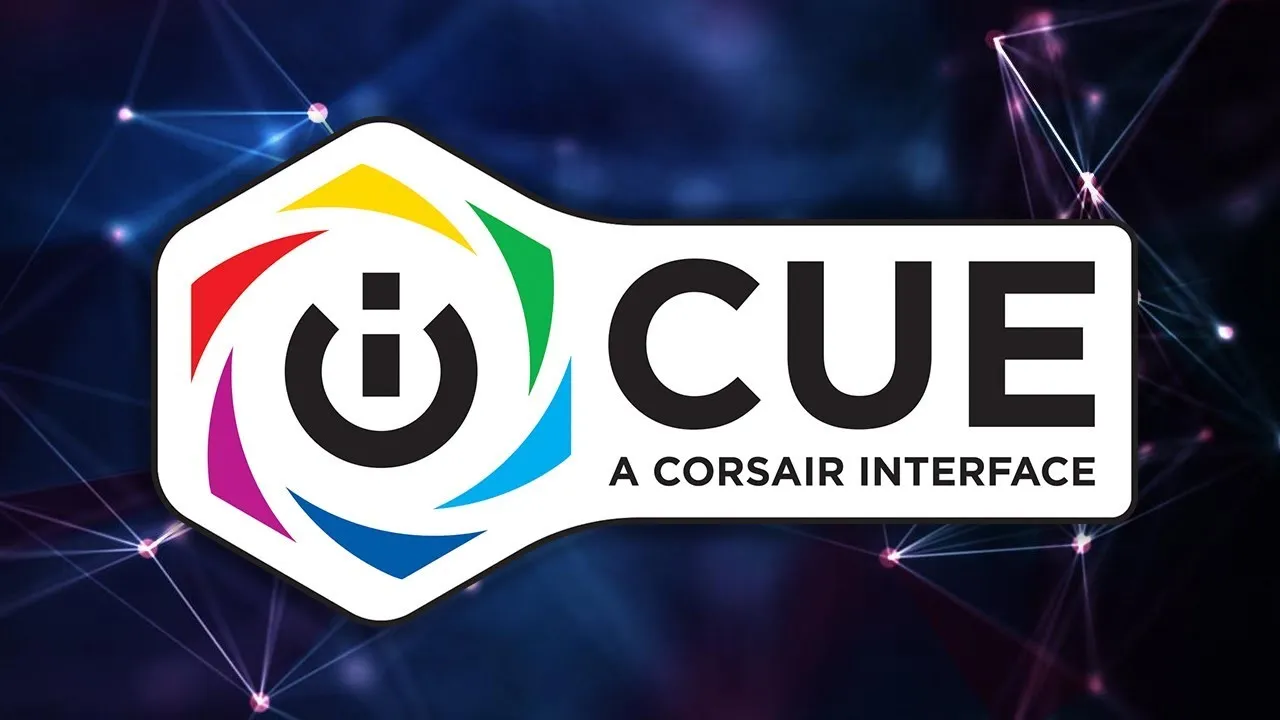A battle of the peripheral software; is one really better than the other? When we review a product, we look at the software as well as the hardware. Sure, most peripherals have good functionality without having to install anything, but if you want to unlock their full potential, installing the software suite is advised. In this head-to-head, we’re going to look at the two software suites we seem to get on with the best: Corsair iCUE and SteelSeries Engine 3. This isn’t to say that software from other brands is not up to scratch (Razer’s Synapse is another standout), but these two are our current favorites.
Corsair iCUE comes in at a hefty 741 MB for its latest version. Corsair has all the usual macro controls for keyboards, mice, and headsets, and with the acquisition of Elgato, you can actually integrate the Stream Deck with it, too, so you can create some crazy lighting scenes at the touch of a button. If you want to control your Philips Hue products with iCUE alongside this, no problem. With Corsair having far more hardware than SteelSeries, there is a lot more to control. Corsair manufactures power supplies, RAM, coolers, cases, custom loop products, and more, and the majority of it has some type of control via iCUE, even if sometimes it is just lighting.
The software can also perform realtime monitoring of hardware. This enables you to get statistics for temperatures, CPU load, RAM monitoring, and other metrics. We’re not talking about just Corsair products either. We were pleasantly surprised when we opened iCUE on one of our test systems and our Nvidia RTX 3080 FE popped up on the home page. From here, we were able to control the two lighting zones, check the temperature, and set up temperature alerts.
Our Asus motherboard also showed up, although it was only the lighting that could be changed. Having everything in one place is certainly a far better solution than needing to install numerous RGB lighting software suites, which often conflict with one another. Some motherboard brands have terrible RGB control, and if there is one thing Corsair can do well, it’s making your computer look as though it’s devoured a unicorn. All the lighting can be linked, as well, so you can change the colors of everything in your setup, including your Hue lights, at the click of a button.
You can set multiple profiles with iCUE, which is particularly handy if you want to have a keyboard layout for work but would like something different when you’re gaming or writing, and it’s easily done. The same goes for different fan profiles if you’re using the Corsair fan systems.
Steel Yourself
Compared with iCUE, SteelSeries Engine is tiny at only 163MB, but it also offers far a fewer features as a whole. SteelSeries S Engine is very powerful when it comes to £ controlling the company’s peripherals, offering some features that surpass those of its competitors. For example, on smaller keyboards, the way SteelSeries deals with multiple function options is far more intuitive and easier to use overall. The SteelSeries Engine also feels more tailored toward being able to show information on the OLED screens that are incorporated into some of SteelSeries’s products. Some of the apps available for the screen are great, especially the ones made by users. One of our favorites is the Spotify app, which enables us to see at a glance what song is playing on our mini keyboard screen.
SteelSeries Engine can also be seamlessly integrated into games and other applications with the public SDK. For instance, if you’re tagged in a post on Discord, you can have your keyboard or mouse flash a different color. If you are muted, you can make your headset red, and so on. At the moment, there are limited apps and games that take advantage of this directly from the software itself, but user generated apps continue this further.
In the future, SteelSeries is going to incorporate a feature similar to Nvidia Shadow play, called Moments. This is currently in beta, but the general idea is that when something happens in game, you can press a hotkey, and SteelSeries will take and save a clip of what happened. You can § then edit the clip within SteelSeries Engine and share it via multiple platforms. Pretty impressive stuff for gamers, but it has limited usefulness outside of the gaming environment—a common theme with SteelSeries Engine that isn’t mirrored in iCUE.
We’re not sure if it’s because there are far fewer features and items to control via SteelSeries Engine that it feels a little more user-friendly overall, but it generally has a more instinctive feel to it, especially when you’re trying to show someone how to use it. That’s not to say Corsair’s software is particularly confusing, it just takes a little more time to learn how to use its full power.
The main takeaway from this head-to- head is that, like many other things in the peripheral sector, choice of software is very much personal preference. Having said that, there are some noticeable differences. If you’re just looking for powerful software that’s centered around gaming, while still wanting the ability to incorporate OLED screens and apps, SteelSeries Engine is the way forward. If you’re looking for a more comprehensive software suite that can not only control your whole Corsair ecosystem, but also monitor other hardware, control lighting, and more, Corsair would be the way to go.
One thing to note is that these two products are there to try to lock you into the brand, and this is the same with all current software suites. If you want to link your lighting across your keyboard, mouse, headset, and so on, you must buy products bearing the same logo. We would love for this to change in the future, and Corsair is currently taking some steps in the right direction, but the cynic in us can understand why it isn’t a pressing matter for companies, where profit is king. For those who do want different brand peripherals, we suggest just installing the software you really need.

